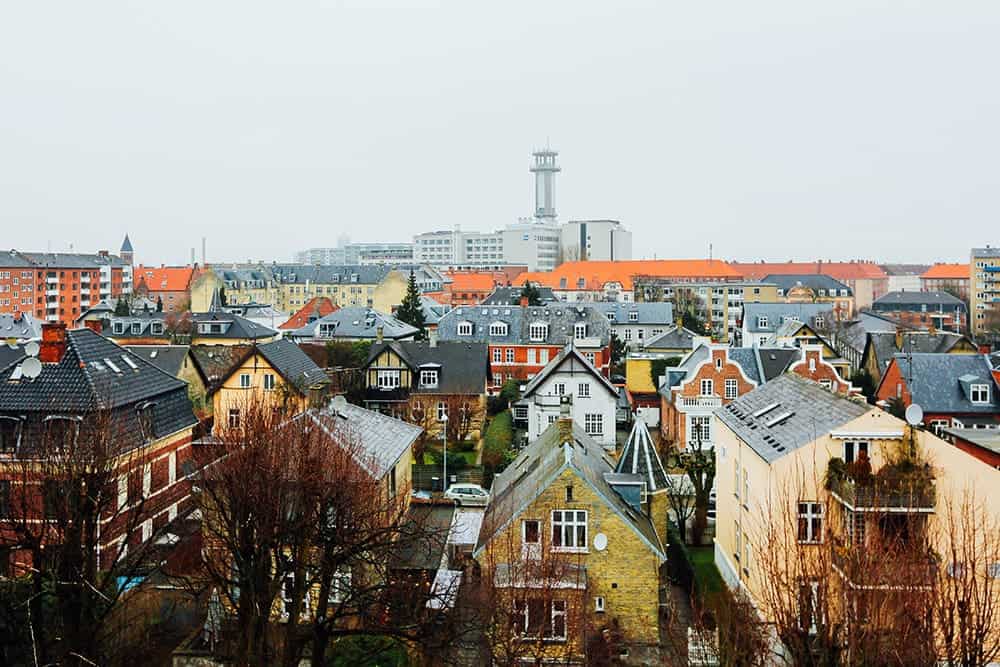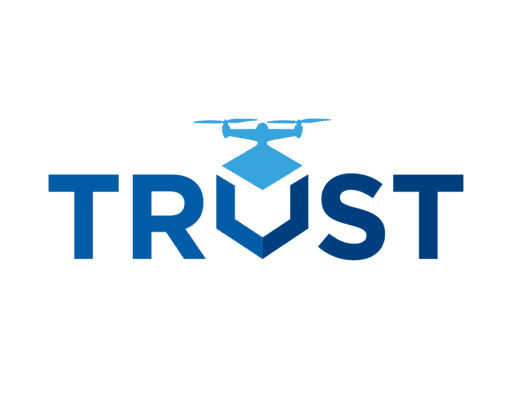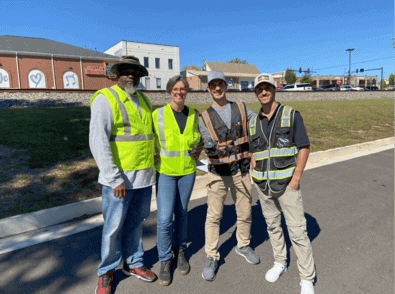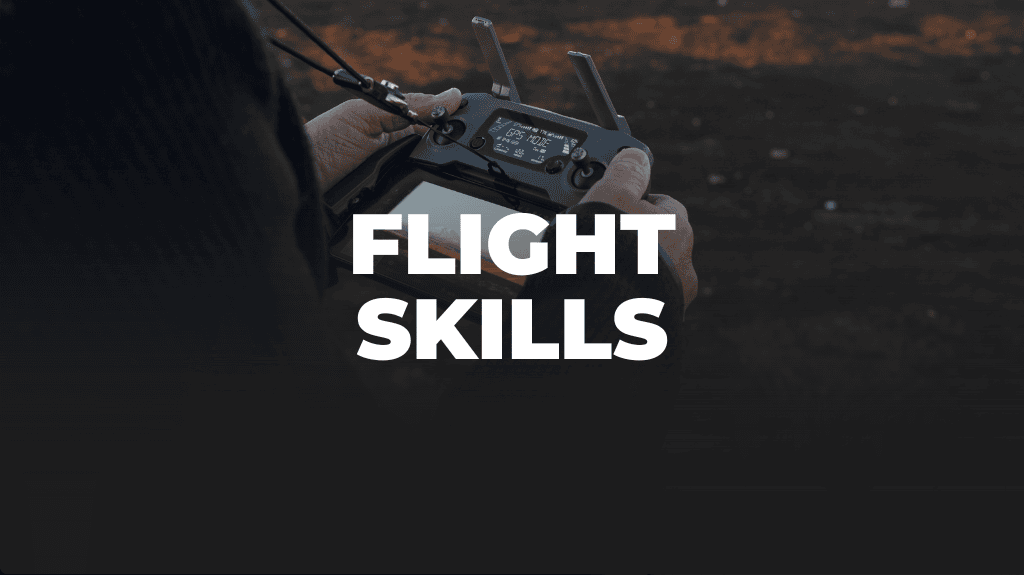Drone Laws in Denmark
Drone regulations and links for people flying drones in Denmark.
 Denmark Drone Regulations
Denmark Drone Regulations
According to Denmark’s national aviation authority, the Denmark Civil Aviation Administration (CAA), flying a drone is legal in Denmark, but we recommend being aware of and compliant with the drone regulations listed below before doing so.
If you’d like to contact the Denmark CAA before you travel with any questions you might have, here is their contact information: info@tbst.dk / +45 7221 8800

Why fly a drone in Denmark? To get great aerial shots like these!
General Rules for Flying a Drone Within the European Union
Denmark is a part of the European Union and therefore must abide by the drone regulations put in place by the European Union Aviation Safety Agency (EASA). In addition to these regulations, Denmark also has regulations that are country-specific.
Based on our research and interpretation of the laws, here are the most important rules to know for flying a drone within the European Union.
There are three operational categories that determine drone regulations based on the weight of the drone and the intended operation. This section will only cover the Open Category, to see all European Union laws and categories, click here.
A drone can be operated in the “Open “category if:
- The drone has one of the class identification labels 0, 1, 2, 3, or 4.
- The drone was purchased before 1 January 2023, with no class identification label as above.
- The drone has a maximum take-off mass of less than 25 kg (55 lbs).
- The remote pilot keeps the drone at a safe distance away from people.
- The drone will not be operated directly over people unless it has a class identification label or is lighter than 250 g (0.55 lbs). (Please refer to subcategories of operations: A1, A2, and A3 to find out where you can fly with your drone).
- The remote pilot will maintain a visual line of sight (VLOS) or the remote pilot will be assisted by a UA observer.
- The remote pilot will not operate the drone above 120m (400ft).
- The drone will not carry any dangerous goods and will not drop any material.
General Rules for Flying a Drone in Denmark
Based on our research and interpretation of the laws, here are the most important rules to know for flying a drone in Denmark.
- The owner of a drone must be registered with the Danish Transport, Construction and Housing Authority.
- The drone must be marked with the owner’s name, telephone number, and the registration number assigned by the Danish Transport, Construction, and Housing Authority.
- Microdrones weighing 250 grams or less with a maximum speed of 50 kilometers per hour are not required to be registered.
- The remote pilot must have a drone awareness accreditation for the operation of a drone weighing more than 7 kilograms.
- The remote pilot must be at least 16 years old. If the pilot is 15 years or younger, the test must be taken with the remote pilot’s guardian. If the pilot is below the age of 12, the operation must be surveilled by a person of age.
- Drones which are not microdrones must be covered by a valid liability insurance with an insurance sum of 0.75 million.
- The drone may not weigh more than 25 kilograms.
- Drones may not be flown above 100 meters.
- Drone flights must be performed in a way that no other persons or property are endangered and so that the surroundings are inconvenienced as little as possible. Consideration must also be shown for wildlife and animal farming.
- Drones must not be operated closer than 50 meters horizontal distance to other persons unless these persons participate in or are spectators of the flight.
- Drones must give way to manned aircraft.
- When flying a drone the distance to the runway/runways of a public aerodrome must be at least 5 kilometers.
- When flying a drone the distance to the runway/runways of a military airbase must be at least 8 kilometers.
- When flying a drone the distance to built-up areas and major public roads must be at least 150 meters.
- When flying a drone the distance to manned ships, boats, and off-shore installations must be at least 50 meters.
- Drones may not be flown over densely built-up areas, including areas with weekend cottages and inhabited camping sites, and areas with large open-air assemblies of persons.
- Drones may not be flown close to other drones that there may be a danger of collision.
- Permission is required from the Danish Transport, Construction, and Housing Authority for flight outside the visual line of sight, flights over people, flights indoors, flights at open or publicly announced events, flights above 100 meters, flights with more than one drone, autonomic flights, and flights involving dropping from the drone.
- To fly at night, the drone must be equipped with a light that allows the operator to see the drone during flight, including how the drone is oriented in the air. Starting and landing areas must also be lit. A special license is required to fly a drone at night in urban and built-up areas.
Watch this short video from Dronetegn on the operation of drones outside of urban and built-up areas in Denmark. For more information on the operation of drones outside urban areas, view this document. For information on flights inside built-up areas, proceed to the next section of this guide.
Rules for Flying a Drone in Built-up Areas in Denmark
In addition to the rules above, there are additional regulations for drone operations in built-up areas. The rules for built-up areas apply to any area which is essentially used for habitation, commercial or recreational purposes, e.g. sports halls, summer cottage areas, inhabited camping sites and built-up industrial and harbor areas. Parks, beaches or other recreational areas situated within, integrated with or in immediate connection with built-up areas are also considered as built-up areas as such areas typically are situated at a short distance to crowded roads and buildings and are frequented by many people.
- Drones may only be operated in built-up areas for professional purposes.
- The remote pilot must be at least 18 years old.
- Drones may not be flown above 120 meters in built-up areas.
- The remote pilot shall have a drone license applicable to the relevant drone category and drone type of drone and issued by the Danish Transport, Construction and Housing Authority.
- The remote pilot shall further have experience in the form of at least 15 flights of a total flight time of at least 5 hours outside built-up areas.
- The remote pilot shall establish a flight and safety area that follows the drone during the flight so that the area at any time has its center where the drone is. The flight and safety area shall have a radius of 1 times the flight level during the entire route, however at least 15 meters and not more than 50 meters. No other persons than the remote pilot, assistants, if necessary, and persons, who have given their consent to the remote pilot may stay within the flight and safety area.
- The local police authority shall be notified in writing not later than 24 hours before any flight.
- Permission is required from the Danish Transport, Construction, and Housing Authority for flight outside the visual line of sight, flights over people, flights indoors, flights with drones with jet engines, flights at speeds over 50 km/h, flights above 120 meters, flights with fixed-wing drones with a take-off mass above 1.5 kg, flights with more than one drone, autonomic flights, and flights involving dropping from the drone.
- A special license is required to fly at night.
- Within 24 hours after finishing the flight, the remote pilot shall enter information on the flight in a log or corresponding document.
For more information on flying a drone in built-up areas in Denmark, see this document from the Danish Transport, Construction, and Housing Authority.
Information on Airspace Restrictions
It is the remote pilot’s responsibility to collect information on restrictions in the airspace.
Temporary and permanent restriction areas in Denmark where drone flights must not take place can be found on droneluftrum.dk and the app “Droneluftrum.”
For more information on Denmark’s drone laws, visit droneregler.dk.
Know something we don’t about drone laws in Denmark? Send us an email at support[at]uavcoach[dot]com. We are not international aviation attorneys and do our best to keep this page up-to-date for drone pilots, but the reality is that given the pace of the small unmanned aerial system (sUAS) industry and how governments are responding, drone regulations in Denmark can change throughout the year, and those changes can be hard to track. If we missed something, please reach out to let us know.
Want to get a feel for the kind of footage you could get flying a drone in Denmark? Here you go:


 Denmark Drone Regulations
Denmark Drone Regulations














